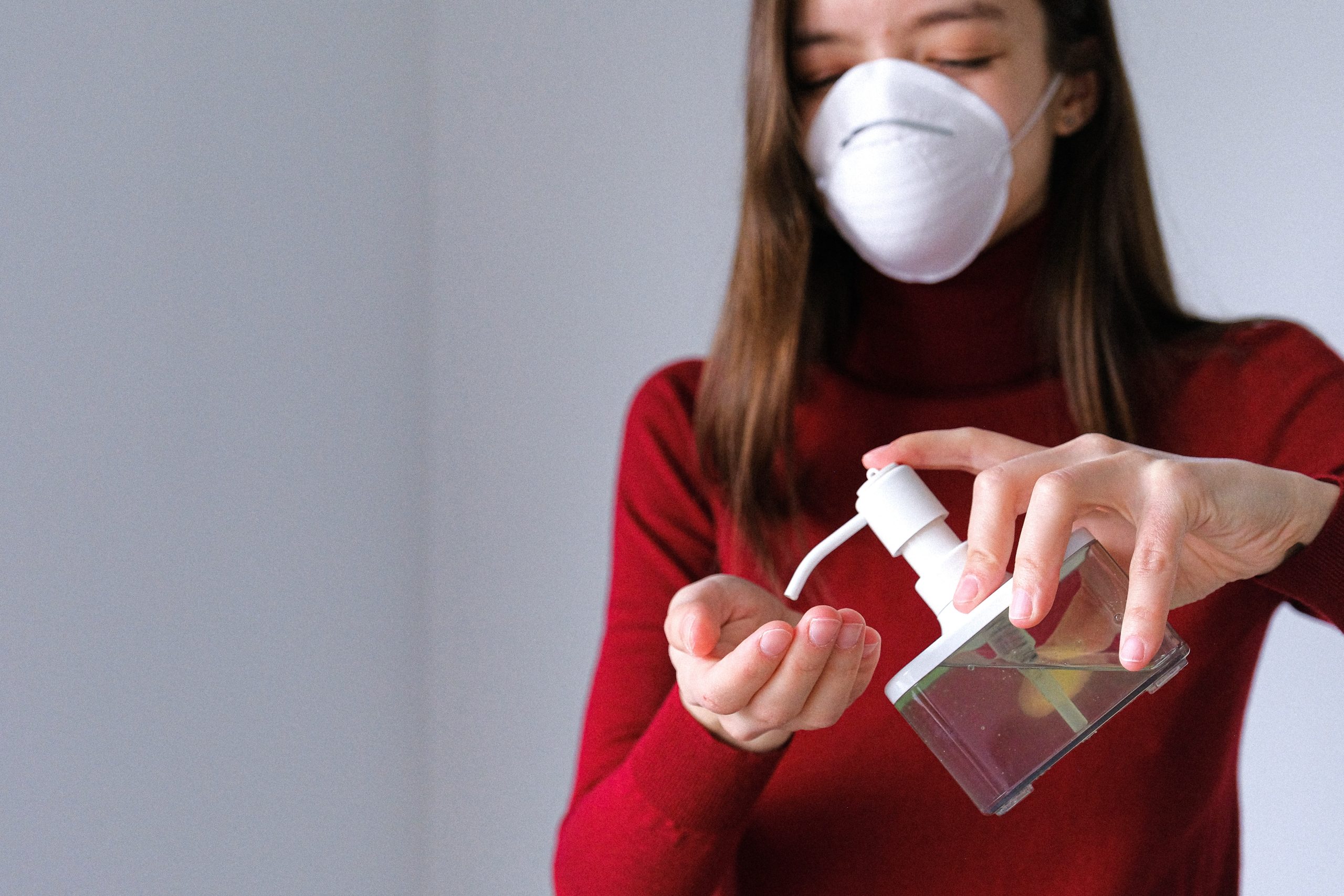US (Transatlantic Today) – Fact Check: How efficient was the U.S. COVID-19 response?
In 2020, COVID-19 was officially declared a pandemic by the CDC and the United States Government. Since the pandemic has begun, many have questioned the U.S. COVID-19 response and immunization rollout scheme, especially as the pandemic continues to worsen around the world.
Currently, the United States is in a race to respond to the ever-changing post-COVID landscape to ensure the safety of its citizens.
Now, two years since the start of the pandemic, we’re now in a place where we can understand just how well the U.S. handled the COVID-19 pandemic and whether the U.S. had the best COVID response.
What was the U.S. COVID-19 response?
The Trump administration was slow to act on the initial outbreak of the Coronavirus in 2020 despite being aware of the possibility of a pandemic, despite steps taken to prepare for such a catastrophic global event.
In 2017, Trump participated in an exercise for pandemic preparedness during the Trump-Obama administration. Additionally, Trump was briefed on the Obama-era National Security Council Pandemic Playbook. Many historians and political experts still believe that the Trump administration failed to implement planned mitigation strategies, despite the successful launch of Operation Warp Speed for vaccination rollouts.
The delay in other forms of care and process development allowed the virus spread quicker in the beginning of the pandemic era, which resulted in a larger loss of life that could have been prevented had national health measures been implemented sooner.
Trump was also accused by major outlets of downplaying the pandemic and has even admitted to doing so to journalist Bob Woodwards.
How did the Trump Administration’s response to COVID-19 impact the nation?
Because the Trump Administration understated the initial COVID outbreak, the United States has had a higher death rate per capita than other nations.
The U.S.’s initial response also highlighted several inequities across the nation. For instance, data suggests that Black and non-Hispanic Americans are 4.7% more likely to be hospitalized from contracting COVID compared to White Americans.
This is likely because these demographics typically reside in high-density urban areas where it’s difficult to social distance.
Did the U.S. have the best response to COVID?
To understand just how responsive the U.S. was to COVID-19, we need to understand how the U.S. efforts compared to other nations.
According to Wall Street Journal and other trustworthy news sites, 1 in every 990 Americans has died from COVID-19 despite the U.S. being one of the most well-developed nations in the world.
Other nations like Canada and the United Kingdom were quick to respond to the pandemic, introducing nationwide lockdowns and masking mandates in public places. That said, the United Kingdom and other nationally-led countries had a slower response to the second and third surges in COVID infections.
However, other global leaders were able to find success despite the virulence of the earlier COVID-19 mutations. When looking at the overall number of infections and early response, you could argue that New Zealand had one of the best responses to COVID.
But why?
New Zealand adopted the elimination strategy where the government’s main focuses were to prevent the initial spread, slow entry of the virus, and avoid overwhelming national health services.
As a result, New Zealand has had one of the lowest overall COVID cases with a reported 1,200,706 cases since January 2020 and 1,994 deaths.
This statistic pales in comparison to the U.S., which has seen 84,762,962 total cases and 1,004,260 total deaths.
Did the U.S. have a successful COVID response between 2020-2022?
Conclusively, the U.S. has not had the strongest response to COVID. Many would argue that it has improved with the introduction of the Biden administration, due to possible vaccine and mask mandates occurring at the national and state levels. Despite these precautions, however, the nation is still recovering economically from the slow response to the early days of the pandemic – causing newfound inequities and risks inherently for new demographics of citizens.


























